Fujifilm Instax Square SQ10
$ 280/£249 | www.fujifilm.com | Buy Now
 |
The Instax Square SQ10 represents two firsts for Fujifilm’s Instax line. It’s the first to use the brand’s new square format film, which looks more like a classic Polaroid than the credit card-sized Instax Mini film used by all of the company’s other instant cameras. It’s also the first ‘hybrid’ instant camera offered by Fujifilm, meaning it’s actually a digital camera with the ability to print photos on instant film. You can do this as soon as you snap the shutter for a just-like-instant experience, or manually once you’ve had the chance to review it.
Since it is a digital camera, the SQ10 offers some modern conveniences that its instant-only peers don’t. For one, there’s a real LCD for image composition and menu navigation. There are also a few straightforward image setting adjustments available, like exposure compensation (+/-3 EV).
Key specifications
- 3.6MP 1/4-in CMOS sensor
- 3″ 460k-dot LCD
- microSD card slot / built-in memory for 50 photos
- Fixed 28.5mm equiv. F2.4 lens
- Auto ISO only (100-1600)
- Shooting modes: Standard, double exposure, bulb mode
- Self timer: 10 or 2sec
- Built-in NP-50 battery rated to 160 prints
- Micro USB charging
- 119mm x 47mm x 127mm / 4.7 x 1.9 x 5″
You can also save photos to internal memory and microSD. The camera automatically stores the last 50 images it printed to internal memory, so you can re-print photos. The SQ10 includes a selection of Instagram-style filters that can be used while shooting or added to images later, as well as a vignette effect. That’s right, this is a digital camera imitating a mobile app that imitates the effects of film cameras. What a time to be alive.
In use
In my first few outings with the camera I was determined to treat it like a true instant camera and left it in Auto print mode. But when not everybody in the photo was looking the right direction, or it turned out that I’d left the flash turned off when it was needed, it felt like I’d really screwed up and wasted a print. Just knowing that it could have been different made the experience less enjoyable than the carefree “Oh well, that’s film!” attitude I can take with my Instax mini 90.
 |
If you dial in exposure compensation or turn the flash off, the SQ10 will continue to honor those settings even if you turn the camera off and back on. But it’s easy to forget they’re enabled as there’s no information displayed on the shooting screen. Before switching to manual printing I lost a few precious prints that way.
 |
I also found that in printed images, shadow tones tend to come out significantly darker than they appear on the screen when viewed straight on. Features that were visible when I previewed images ended up being crushed in shadows when printed. Tilting the camera and viewing the LCD at an angle actually gives a more accurate print preview in some cases than viewing the image straight on.
The good news is that any modern digital camera will take nice photos in the right light, and in ample sunshine the SQ10 produces very nice images. I got the best results leaving exposure compensation alone and embracing the punchy contrast. Flash portraits with subjects at a reasonable distance also look pleasant. Images taken in shade or under cloudy conditions have a noticeably cooler tint, and there’s no way to adjust white balance.
$ (document).ready(function() { SampleGalleryV2({“containerId”:”embeddedSampleGallery_7023332162″,”galleryId”:”7023332162″,”isEmbeddedWidget”:true,”standalone”:false,”selectedImageIndex”:0,”startInCommentsView”:false,”isMobile”:false}) });
When you do end up with a nice exposure, print quality is the Square’s strong point. It’s expensive, but I prefer Fujilm’s Instant film’s deep blacks and rich colors over the zero-ink Polaroid-branded competitor any day. And the square format is a selling point for my money – it’s the format associated with instant photography and if it’s good enough for OutKast, it’s good enough for me.
Fujifilm claims you can print photos from other cameras using the SQ10 if you load them onto a microSD card. I followed the instructions in the manual to the letter and never got anything but a read error when trying to view it on the camera. Your mileage may vary. Even if you can get it to work, it’s a pretty clumsy process. There’s no Wi-Fi included for printing from a phone or Fujifilm camera, which is a shame.
 |
The SQ10 is also significantly heavier than the Instax mini 90 – at least it felt significant to my shoulders. The SQ10 weighs about a pound (450g) fully loaded; the 90 is half that Not back-breaking, but noticeable when you carry it around all day. The built-in battery is rated to 160 prints, and indeed it never needed a recharge during the course of this review.
Summing up
The Instax Square SQ10 offers a convincing imitation of instant photography, plus some of the modern comforts of digital. And there are plenty of benefits from this mashup of digital and instant technology. Having the ability to save the printing step for a convenient time is very nice if you’re say, on a hike, and don’t want to carry around a developing photo. Being able to make multiple prints is another bonus, and if you run out of film, great news – you can still take pictures.
 |
But the truth is, if you opt to print manually rather than as you go, you’re basically just carrying around a mediocre digital camera that’s glued to an instant printer. The camera in the SQ10 is just not as good as a modern smartphone camera, plain and simple.
To be sure, smartphone cameras are awfully sophisticated these days, and if you count the phone they’re attached to, cost well more than the SQ10. And the great thing about the year 2017 is that even a bad digital camera will take nice photos in many conditions. If bright-light snapshots and flash portraits are your aim, then the SQ10’s digital camera component will serve you just fine. But if you plan to take photos without flash in lighting that’s less than ideal, you’d be better off using your phone.
If instant photography appeals to you but you want more control over the output than an all-film camera, the Instax Square SQ10 is worth a look. But it’s hard to recommend over Fuji’s standalone Instax SP-2 printer used with a smartphone. The camera that’s already in your pocket or purse likely offers a better automatic exposure mode, a polished user interface, infinite film-simulation filters and better control over exposure settings.
Shortcomings like poor image quality in low light are much easier to forgive in an all-film instant camera, but somehow feel more egregious in the SQ10 simply because it seems like the camera should be able to do better. To me at least, it feels less fun than all-instant photography, with not enough of the convenience of digital to make up for it.
What we like:
- Digital conveniences like saving images and printing later
- Lovely square format film
- Good battery life
What we don’t like:
- Small sensor struggles in low light
- Prints are expensive at around $ 1.50 each
- Tendency to crush shadows can make it difficult to judge exposure
Articles: Digital Photography Review (dpreview.com)

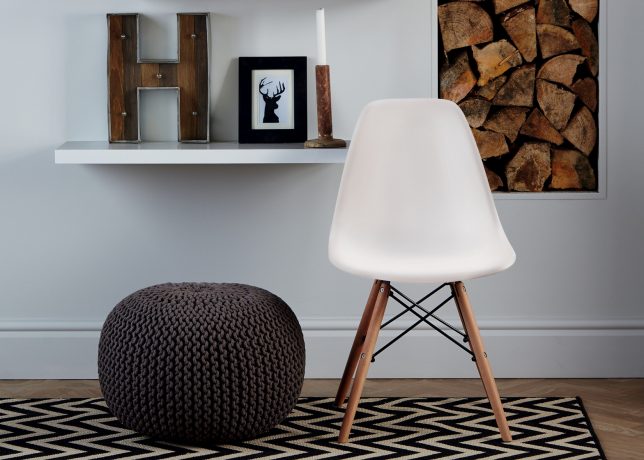
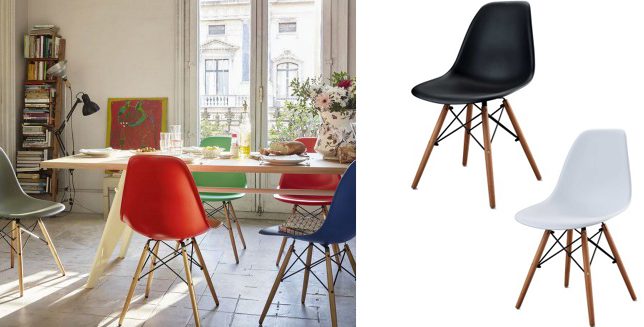
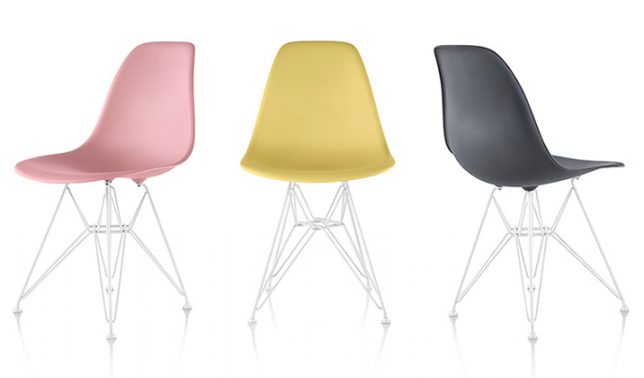





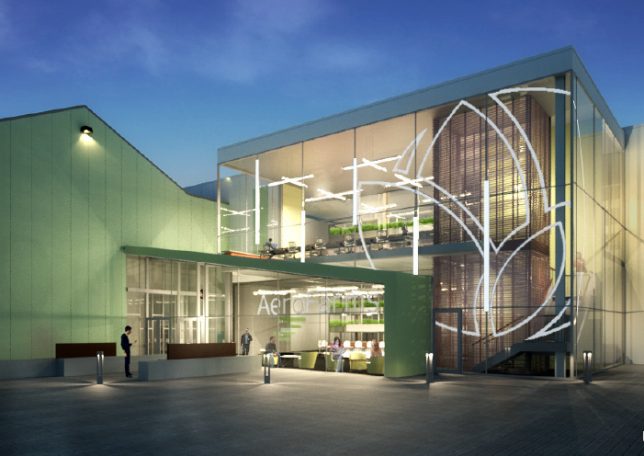

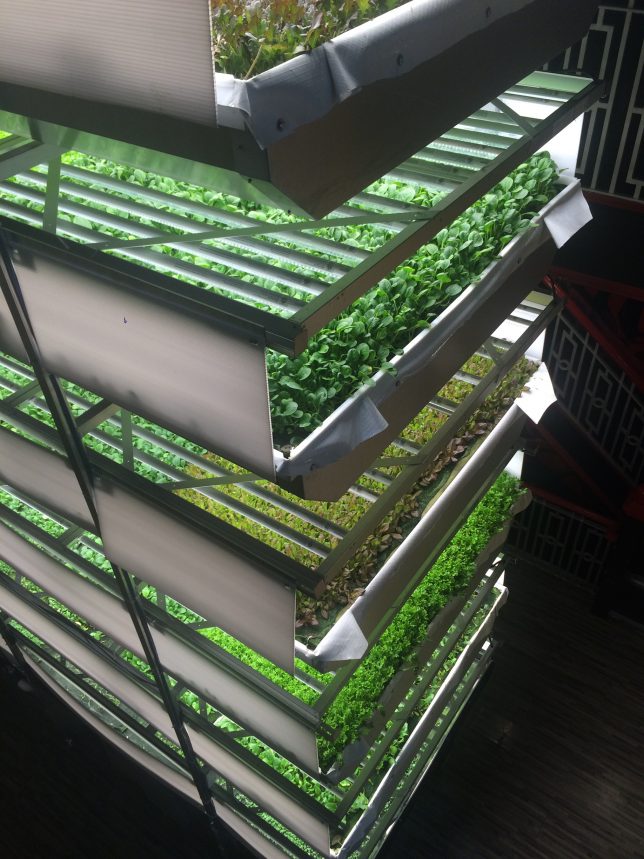
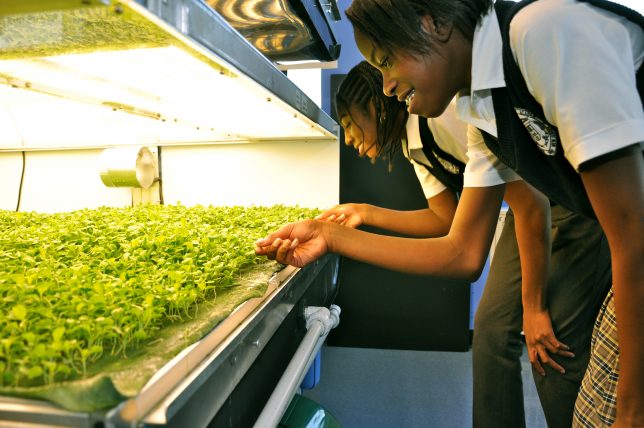




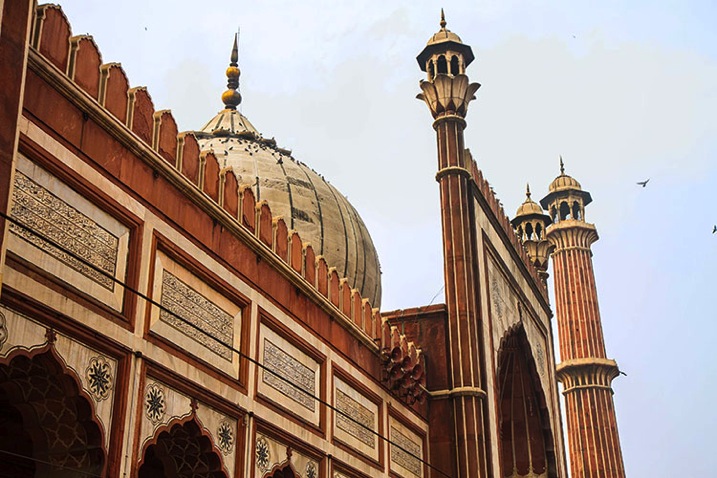
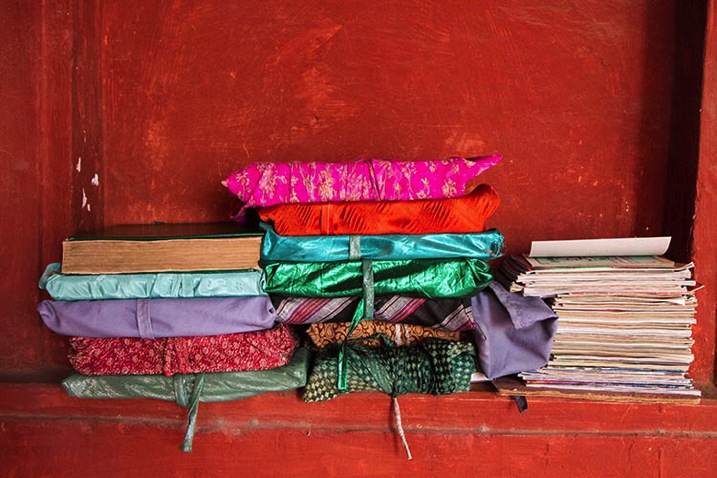
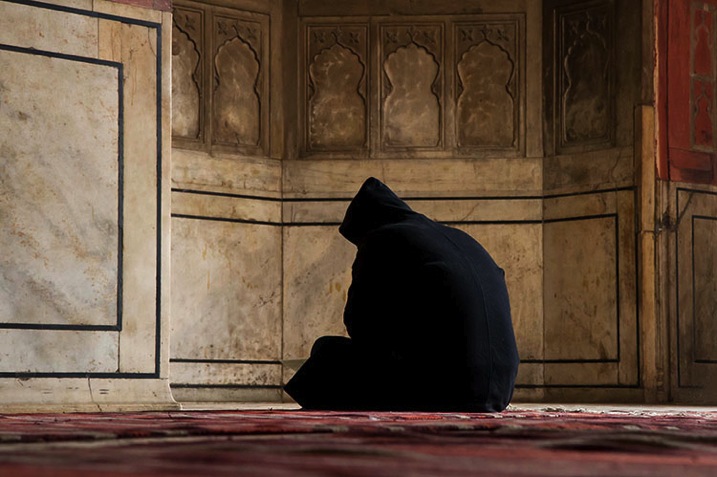
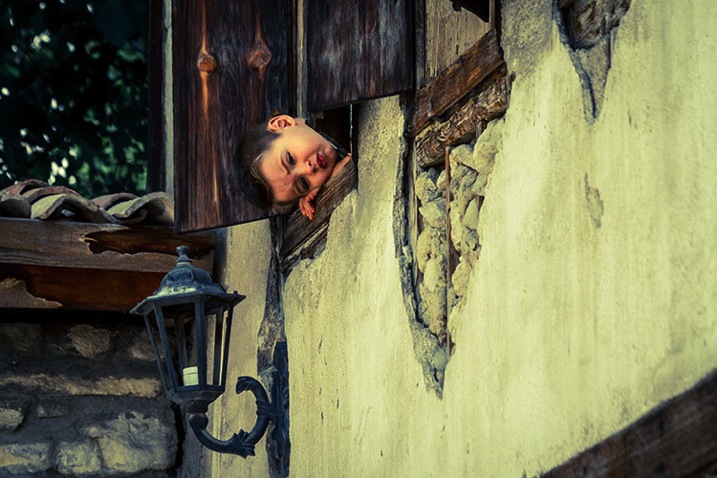
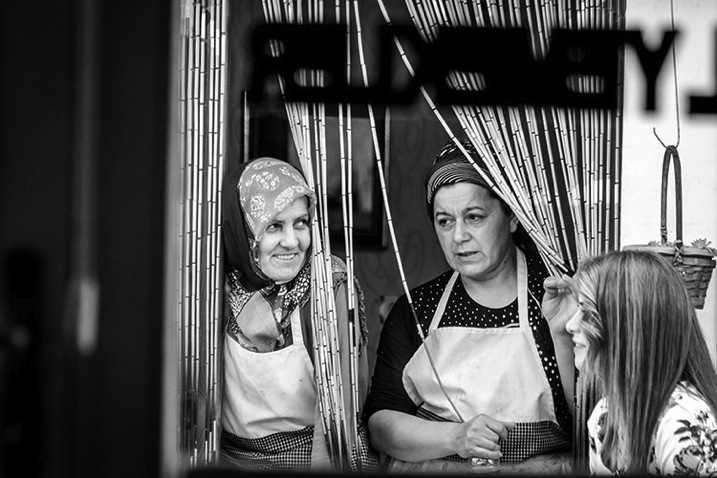
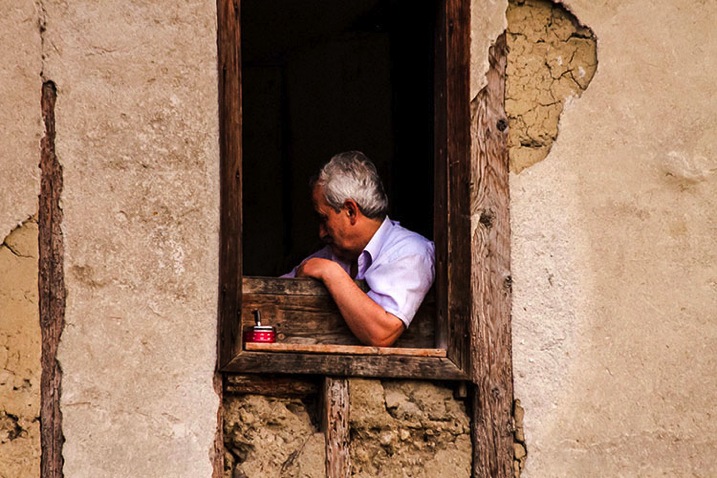
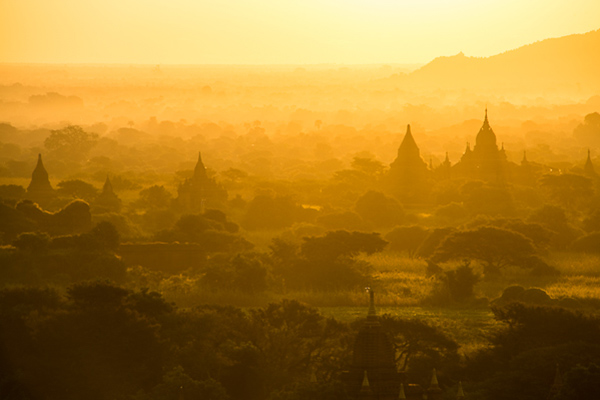
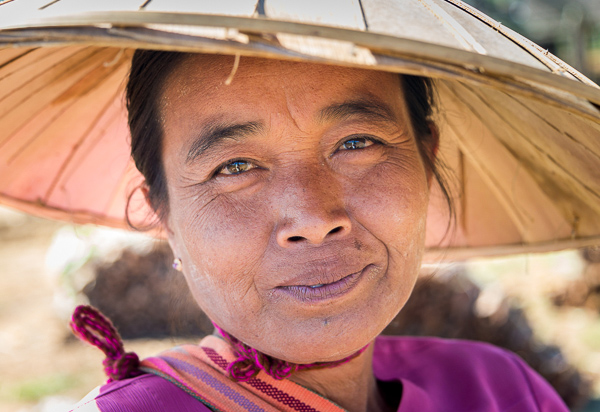



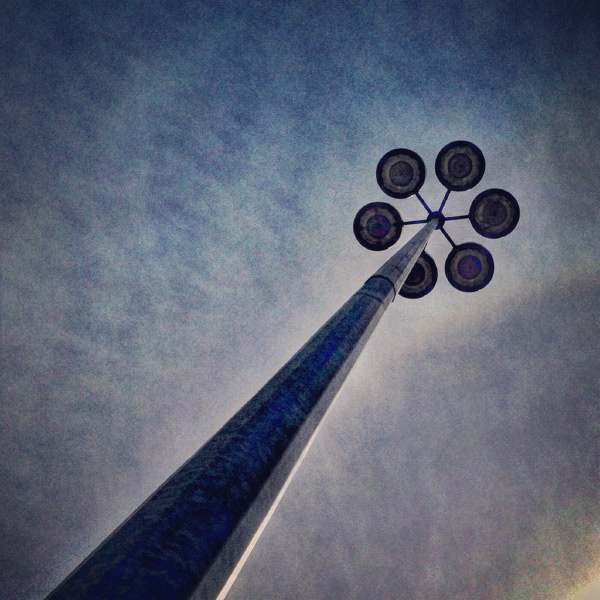
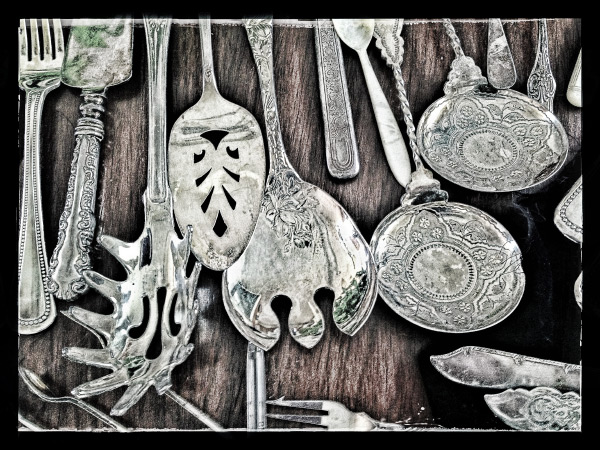

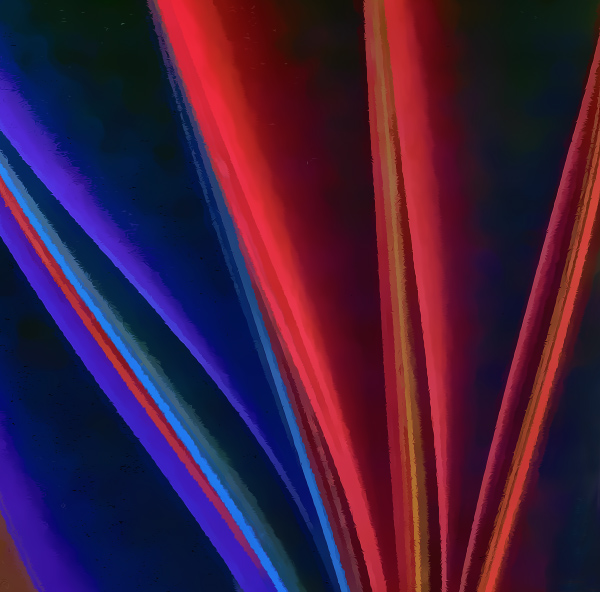

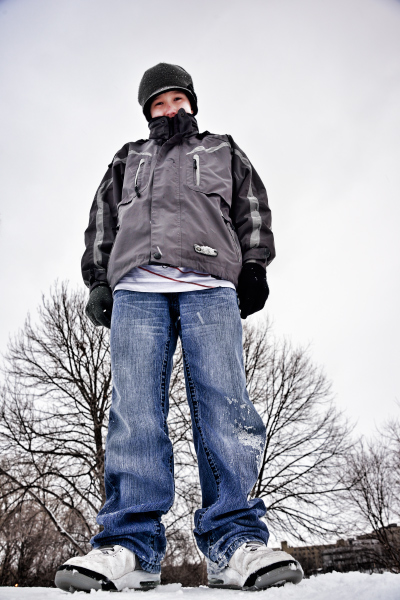


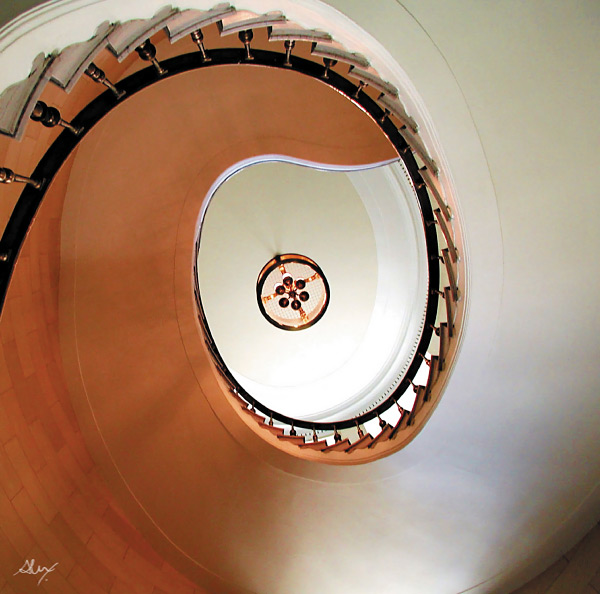
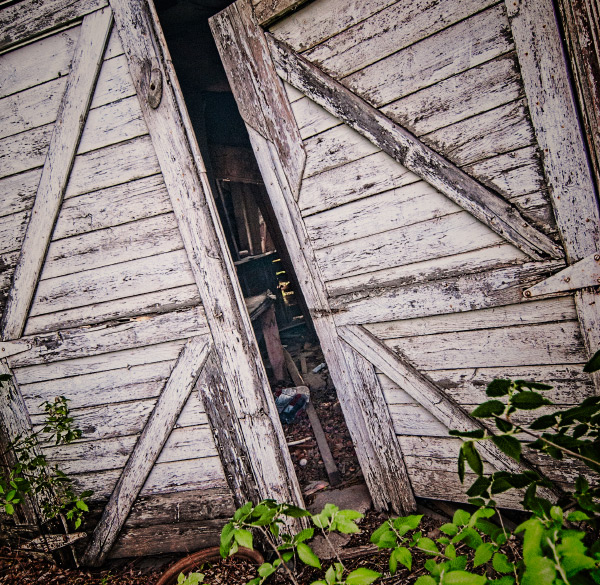

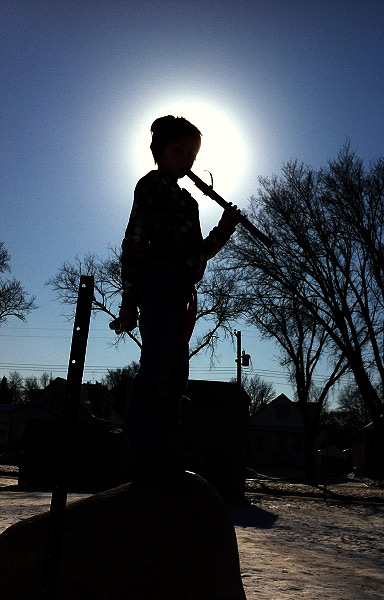
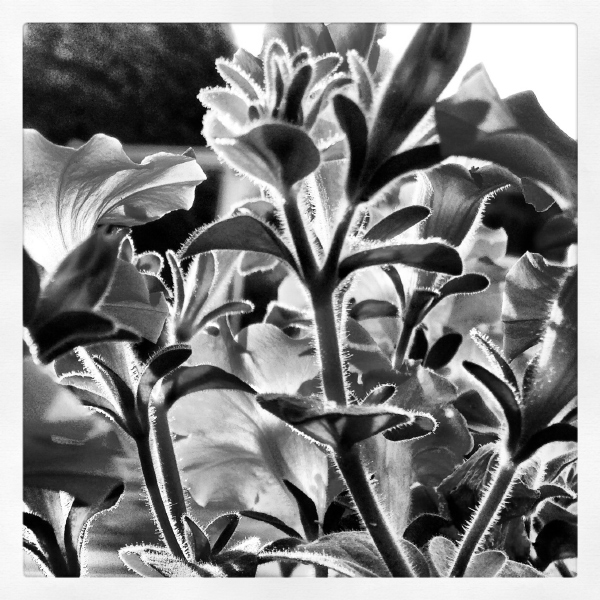

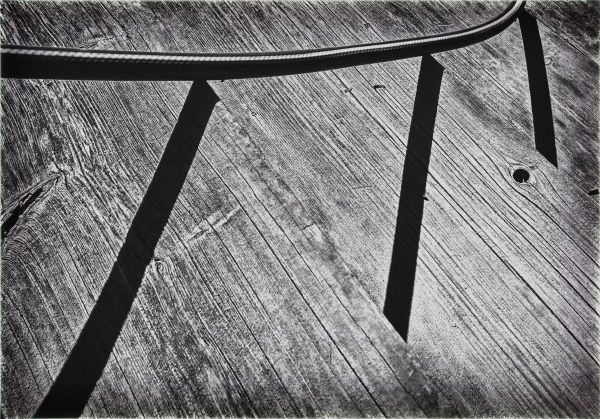


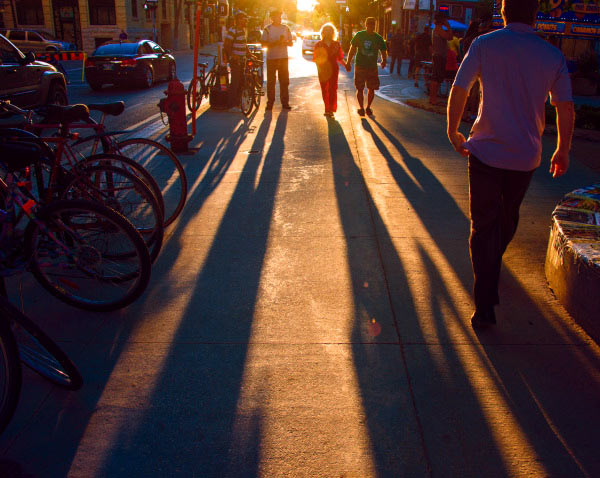


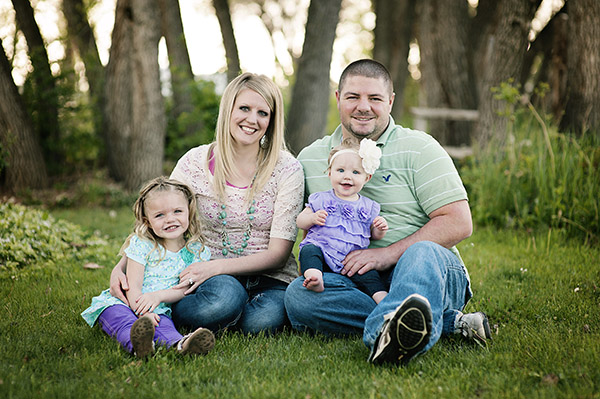

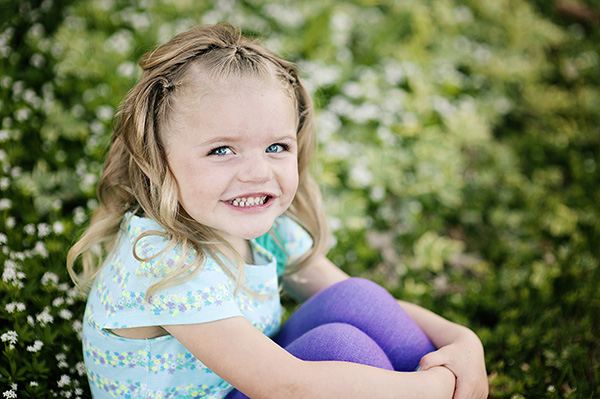

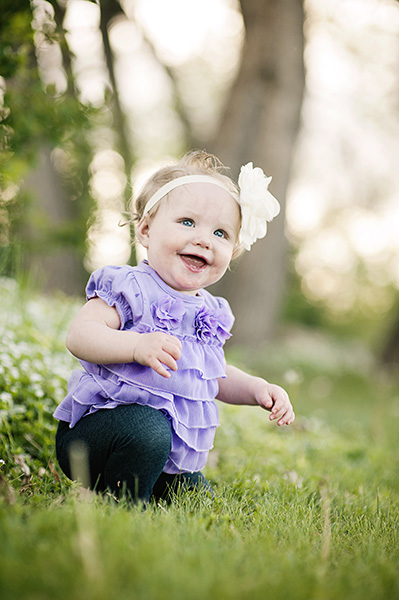
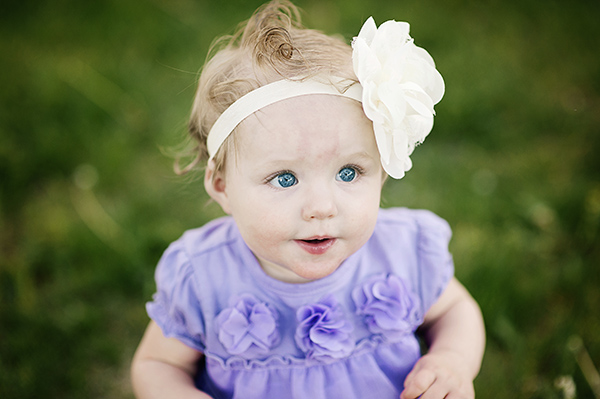
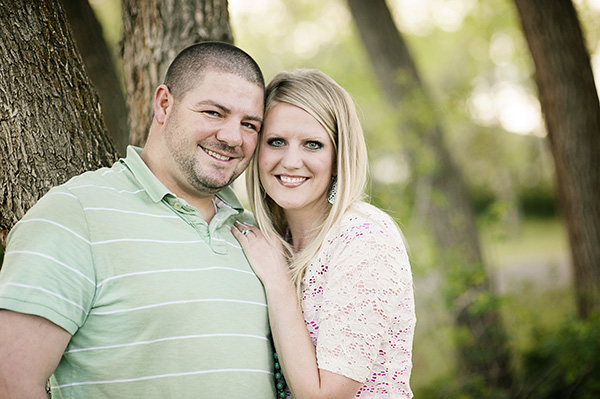

You must be logged in to post a comment.